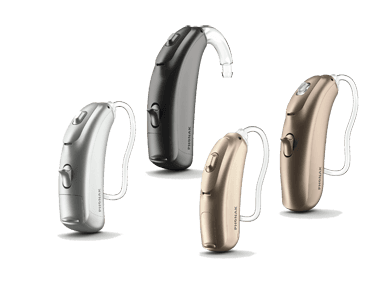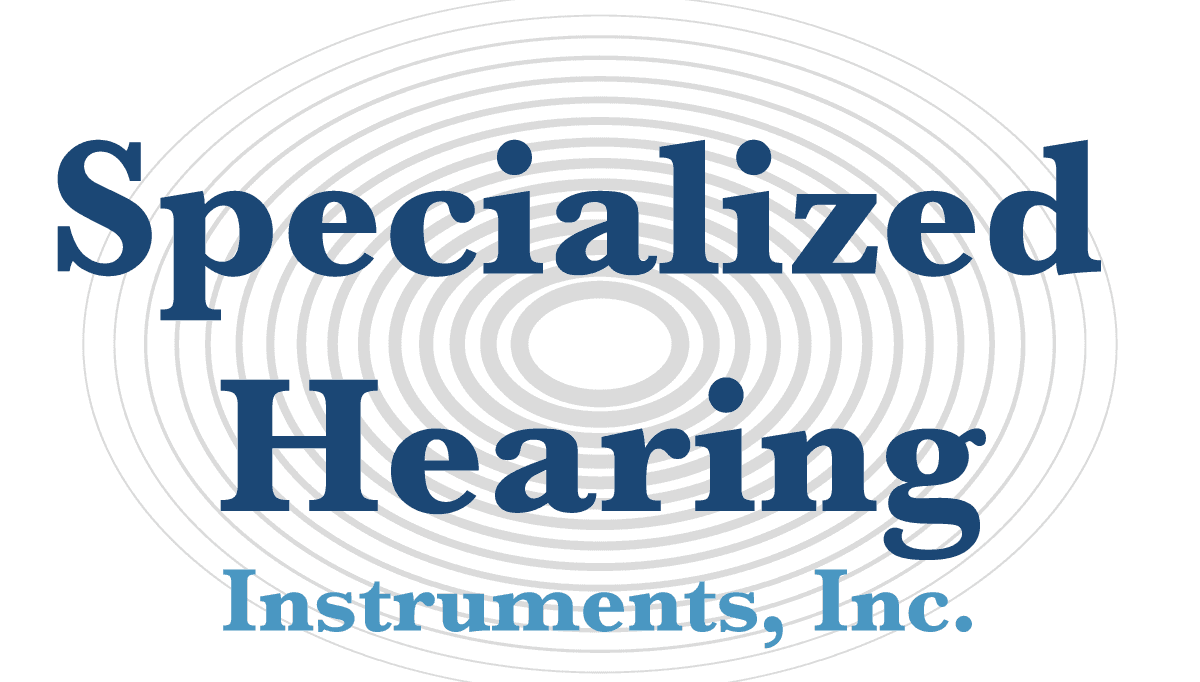Real Ear Measurements in Springdale, Arkansas
What is real ear measurement (REM)?
Real Ear Measurement (REM) is a computerized hearing aid fitting analyzer. Each individual’s ear canal size, shape and hearing processes are different. REM allows your hearing care professional to better recognize the sensitivities of your hearing loss and compensate for those differences when programming your hearing aid.
With REM, we can measure and record your hearing instruments performance while you’re actually wearing them in your ears. This prescriptive fitting protocol provides verification that the hearing instrument is properly fitted to your individual requirements based on your specific hearing loss.

REM is quick, reliable and comfortable for the patient. The information it provides is invaluable and it verifies a proper fit for today’s state-of-the-art digital hearing instruments. Don’t be fit with new hearing aids without this protocol, it is a must have for a proper fitting.
Why is it important to use Real Ear Measurement?
All hearing aid manufacturers provide hearing care professionals with programming software to use when fitting their digitally programmable hearing aids. Their programming software uses an average fitting protocol to set the hearing aids target response for each person’s hearing loss; it’s called the “best fit” approach. Research has shown that most manufacturers’ “best fit” programming target formula that controls today’s digital hearing aids often fall short of the desired level of accuracy. This lack of accuracy is of no fault to the manufacturers themselves, but rather the complex nature of fitting each individuals hearing loss. What works well for one person does not always work well for another person.

Each individual’s hearing loss is different in numerous ways; these differences can largely affect the benefit that hearing aids provide to the individual wearer. Each individual has different likes and dislike when it comes to hearing sound and processing speech; these differences are caused by the hearing loss itself. The very nature of hearing loss slows down an individual’s ability to process and recognize sound and in particular understand the complex sounds that form speech. Real ear measurement (REM) allows the hearing care professional to program the required and needed parameters to each person’s own hearing loss and tolerance levels.
Most hearing care professionals do not use REM
Even though real ear measurement (REM) is the accepted standard of practice for objective verification of hearing instrument performance, it is sad to say that the majority of hearing care professionals do not include these important measurements in their fitting procedures. The two most common responses for its lack of use are the cost of the equipment and the time required to perform the procedure. In practice, however, these responses are not validated. The ten minutes spent performing REM far outweighs the time that would be spent troubleshooting problems on the follow-up visits.
Over twenty years of practice confirms the importance of REM
I have been using real ear measurement (REM) for over twenty years, and I would argue that REM saves both time and money. Without using REM, the fitting process would be guesswork trying to determine the proper fitting parameters. REM takes the guesswork out of the fitting and at the same time verifies accuracy. REM almost entirely eliminates future troubleshooting problems and it assures both the patient and the fitting specialist that the instruments are properly fit.
The very essence of proper hearing instrument fitting is based on a reliable hearing test evaluation and proper fitting protocols that include real ear measurements (REM).
"When a patient leaves our office after a fitting with REM, we know just how well the patient is going to hear because we have seen it in vivid color on our computer screen when we reach their prescriptive fitting target."
– Mark L. Oyler, BC-HIS, ACA
– Mark L. Oyler, BC-HIS, ACA



